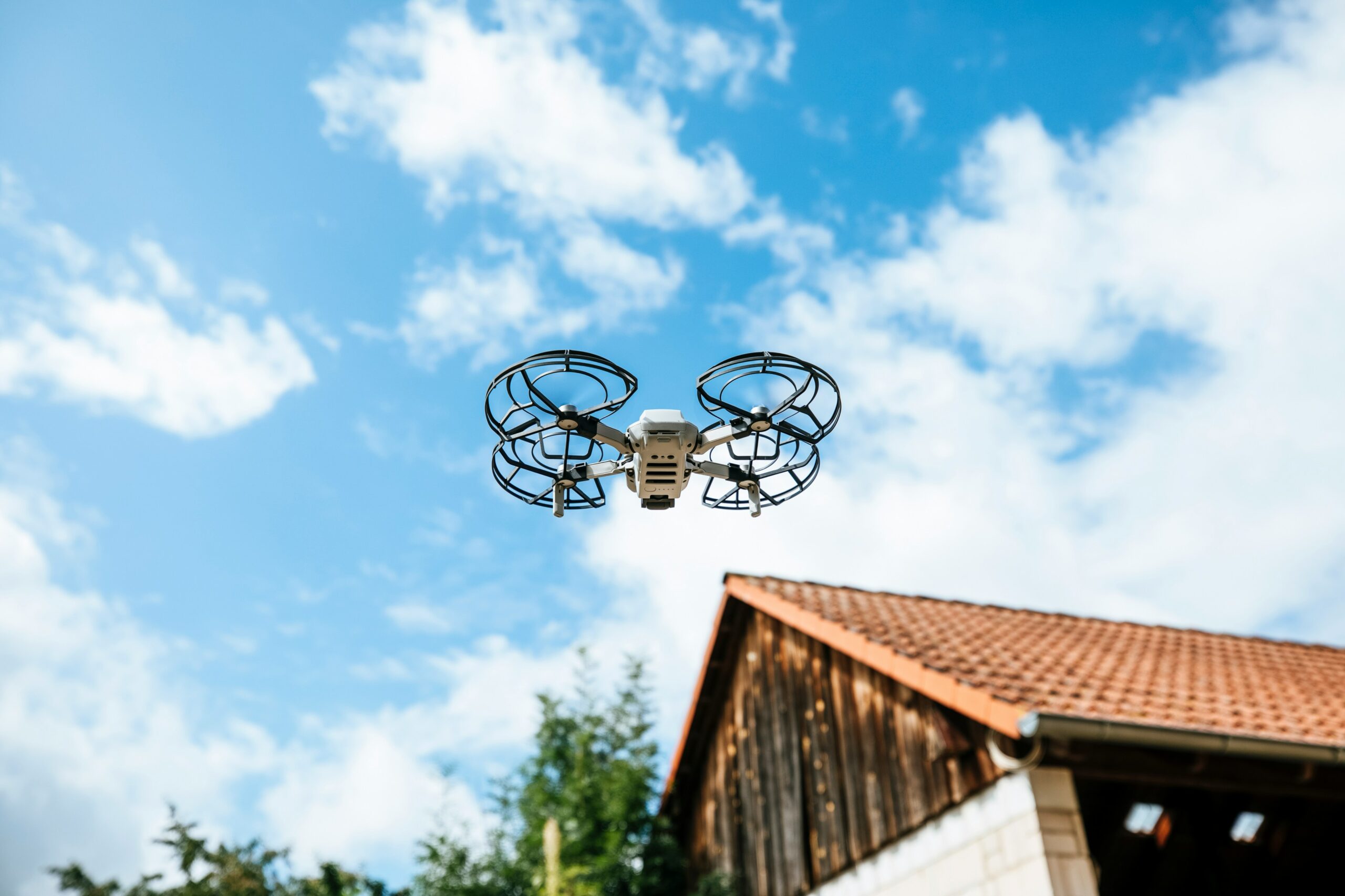What is a Flight Controller?
A flight controller is the central unit that governs the flight dynamics and stability of modern drones. It acts as the drone’s brain, managing and interpreting data from various onboard sensors and translating this information into commands that control the drone’s motors and other critical systems. The flight controller ensures that the drone maintains stability, responds to pilot inputs, and operates safely during flight.
Key components of a flight controller include sensors such as gyroscopes, accelerometers, and barometers. Gyroscopes measure the drone’s orientation, helping to detect any deviations from a desired flight path. Accelerometers gauge the drone’s acceleration and movement in three-dimensional space, providing essential data for maintaining balance and stability. Barometers are used to measure altitude, ensuring that the drone can maintain a consistent height and perform accurate vertical maneuvers.
In addition to sensors, flight controllers are equipped with powerful processors that handle data processing and decision-making tasks. These processors analyze the sensor inputs in real-time and execute the necessary adjustments to the drone’s flight parameters. Communication systems within the flight controller facilitate the exchange of information between the drone and the pilot, ensuring precise control and responsiveness.
The evolution of flight controllers has been marked by significant advancements in technology. Early flight controllers were relatively simplistic, offering basic stabilization and control functions. However, with the advent of modern computing and sensor technologies, contemporary flight controllers have become highly sophisticated. Innovations such as advanced algorithms, enhanced sensor accuracy, and improved processing speeds have dramatically enhanced the performance and reliability of flight controllers, making them indispensable in today’s drone operations.
Overall, the flight controller is a critical component of modern drones, integrating multiple systems to provide stable, controlled, and safe flight experiences. Its ongoing development continues to push the boundaries of what drones can achieve, reflecting the rapid progress in this dynamic field.
How Flight Controllers Work: Key Features and Technologies
Flight controllers are the central processing units in modern drones, orchestrating a harmonious blend of hardware and software to ensure stable and responsive flight. At their core, flight controllers leverage sophisticated algorithms to manage and balance the drone’s movements. A fundamental algorithm is the Proportional-Integral-Derivative (PID) control, which continuously calculates and adjusts the drone’s motor speeds to maintain stability and control. PID control is crucial in compensating for disturbances such as wind or sudden maneuvers, ensuring that the drone remains on its intended flight path.
Firmware plays a pivotal role in the performance and capabilities of flight controllers. It acts as the intermediary between the hardware and the software, processing sensor data and executing control commands. Regular firmware updates can introduce new features, improve functionality, and enhance safety protocols. Different types of flight controllers cater to various drone applications. For instance, racing drones prioritize agility and speed, often featuring lightweight and high-response controllers. In contrast, commercial drones, used for surveying or delivery, emphasize stability, precision, and advanced navigation capabilities.
The integration of GPS technology significantly enhances the functionality of flight controllers, enabling features such as autonomous flight, return-to-home, and geofencing. Advanced flight controllers also incorporate obstacle detection systems, which utilize sensors like LIDAR or ultrasonic sensors to avoid collisions, further enhancing safety. These technologies work in tandem to provide an optimal flying experience, whether for professional use or recreational activities.
Customization and tuning of flight controllers allow users to tailor the drone’s performance to specific needs. Various platforms and tools, such as Betaflight or Ardupilot, provide intuitive interfaces for adjusting parameters like PID settings, flight modes, and sensor calibrations. Through these tools, users can optimize their drones for tasks ranging from high-speed racing to precise aerial photography. The ability to fine-tune flight controllers ensures that drones perform efficiently, reliably, and safely in their intended roles.

